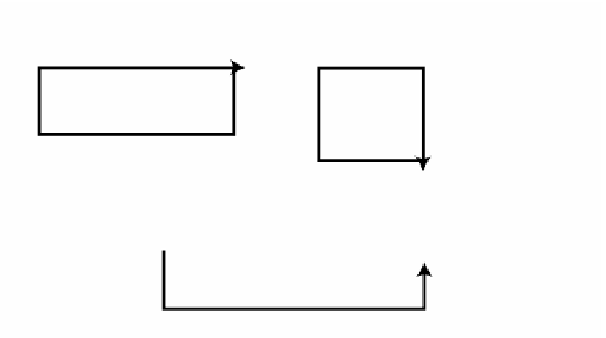Environmental Engineering Reference
In-Depth Information
Figure 2.13
Childhood lead exposure model.
people and pets). Approximately 23% of lead on children's hands can be
explained by exposure to house dust, and another 23% by exposure to soil.
Both house dust and soil lead have been shown to be directly associated
with children's BLLs. Hand lead is more weakly associated with BLLs than
house dust lead, presumably because of the transient nature of lead contam-
ination on children's hands.
The relatively weak association between hand lead and BLLs, compared
to lead in house dust, may be, in part, due to other exposure pathways.
Though not studied directly, some degree of lead dust exposure may occur
by inhalation. Evidence for such potential exposures can only be inferred,
although various lines of evidence are suggestive. These include: (1) studies
showing that most lead-containing particles on children's hands have aero-
dynamic diameters <10
m, the inhalable range; (2) chemical mass balance
apportionment studies that indicate that 17 to 18% of house dust surface
particles have a composition profile consistent with particles collected in
area indoor samples (albeit indoor air lead levels were well below the USEPA
ambient air quality standard); and (3) indoor particle monitoring studies
which show that dust particle exposures (associated with individual activi-
ties) are on the order of 3 to 5 times higher than area samples collected
nearby. This “personal dust cloud” may be particularly significant for a
young child playing on dusty surfaces contaminated with lead. In addition,
inhaled lead deposited in lung tissue may be more effectively extracted from
dust particles than ingested lead. This is true in adults, but differences are
likely to be smaller in children.
Investigators have attempted to characterize paint, dust, and soil lead
levels associated with different housing types. Measures of environmental
lead in populations of different residence types in Cincinnati are summarized
observed in old housing, particularly 19th century housing in poor condition.
Highest surface dust, dustfall dust, and outdoor soil lead concentrations
µ





























